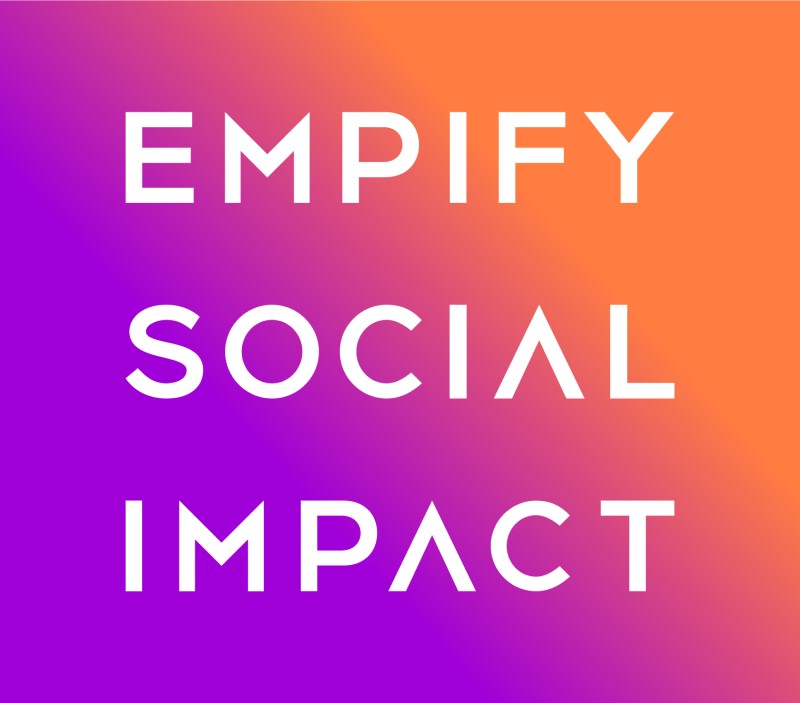ADHD Awareness Month in October is a great time to consider how we can better support neurodivergent employees, including those with ADHD, in the workplace. By embracing neurological diversity, leaders can tap into unique strengths within their teams. This approach not only helps create an inclusive environment but also boosts both productivity and innovation. Therefore, here are some effective strategies for managing neurodiverse teams.
1. Raise Awareness with Neurodiversity Training
Supporting employees with ADHD begins with understanding, which is why offering awareness sessions is so valuable. These sessions help leaders and teams understand what neurodiversity means and how it affects daily work. Moreover, visual tools, such as the Neurodiversity Wheel, also show how people process information differently. This makes it easier to adjust communication and adapt management styles to meet everyone’s needs.
2. Practice Neuroinclusive Leadership – Empathy and Flexibility Matter
Neuroinclusive leadership calls for empathy and adaptability. Leaders should focus on building emotional intelligence, while also staying flexible in how they manage their teams. In addition, empathetic communication training helps leaders address communication challenges, creating a culture where everyone feels understood and valued.
3. Use Time-Blocking and the Pomodoro Technique
People with ADHD often struggle with time management, so techniques like time-blocking can help. This technique involves assigning specific tasks to time slots. Additionally, the Pomodoro Technique supports focus by using short, intense work intervals with breaks. In this way, regular schedules and clear priorities provide much-needed structure, helping to prevent burnout.
4. Encourage Positive Reinforcement and Constructive Feedback
Consistent feedback is key for keeping ADHD employees motivated. Positive reinforcement – celebrating even small successes – boosts confidence and engagement. Furthermore, adopting a “praise publicly, critique privately” approach builds trust and fosters acceptance throughout the team.
5. Offer Flexibility and an Open-Door Policy
Adjusting work conditions to meet ADHD needs can improve comfort and productivity. Flexible hours and remote work options support individual needs, while designing neuro-friendly office spaces benefits the whole team. Moreover, an open-door policy promotes trust and openness, allowing employees to express their needs freely.
6. Use Visual Tools Like Kanban Boards and Reminders
Visual aids are powerful tools for employees with ADHD. For example, managers can implement task boards like Kanban to help track progress, or they can use project management tools that provide a visual overview. Reminders through calendar alerts or apps also aid planning, making it easier to stay on track.
7. Provide Mentoring for Growth
Mentoring is a proven way to support employees with ADHD. A mentor can help them navigate challenges and encourage professional growth. This relationship not only strengthens team bonds but also fosters a culture of trust and collaboration.
Why Neurodiversity is an Asset, Not a Challenge
Embracing neurodiversity transforms teams into more inclusive, empathetic, and effective workplaces. During ADHD Awareness Month, consider making changes that empower every team member to thrive. Leaders who focus on flexibility, understanding, and a personalized approach build workplaces that support productivity and celebrate each person’s contributions.

